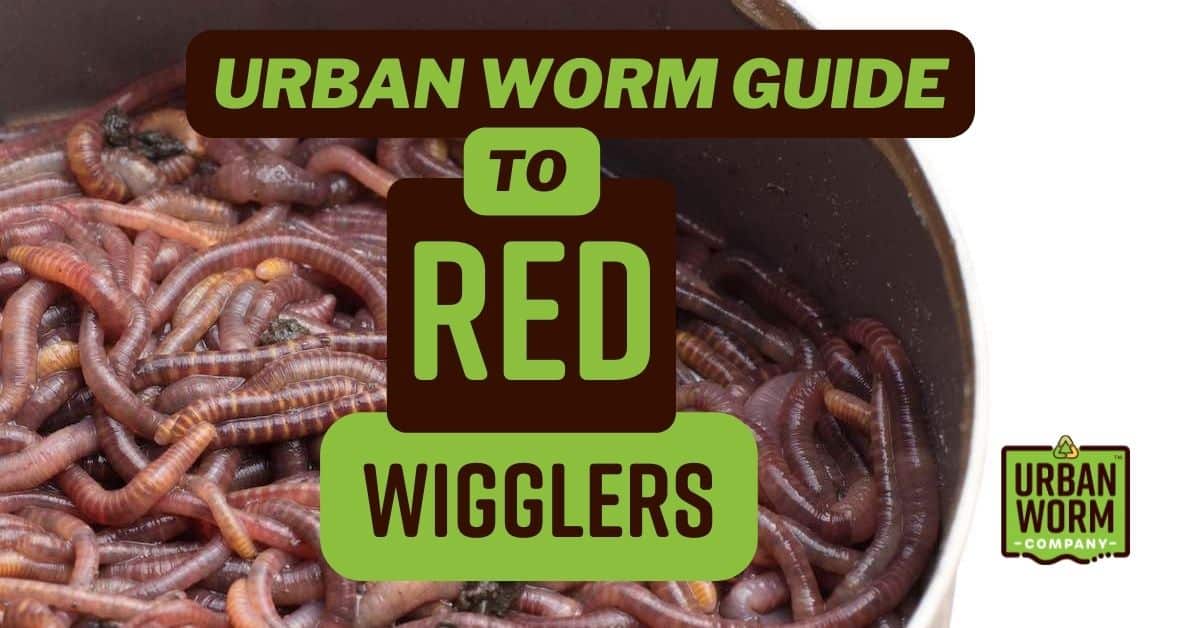4 Simple Techniques For Red Wiggler Express
Table of ContentsThe Red Wiggler Express StatementsGetting The Red Wiggler Express To WorkEverything about Red Wiggler ExpressThe Best Strategy To Use For Red Wiggler ExpressThe 6-Minute Rule for Red Wiggler Express
And the prospering Red Worm populace? Also in the lot that was established up straight in front of backyard composters with existing Red Worm swarms.
Lots of ranges, consisting of Red Wigglers, European Nightcrawlers, and Lumbricus types were brought over from the European continent. Yet here's the thingNative or not - and as skilled as they go to being able to make it through in a wide-range of settings and conditions -. Simply put, they are far much more likely to hang around in any kind of active composting systems you have established, than they are to roam off and begin ruining the environment.
Origins require oxygen for respiration and depend on smooth airflow within the soil to grow. When it rains, soil can become saturated with water, lowering the oxygen readily available and hindering nutrition absorption. To keep an optimal equilibrium, the soil has to enable water to drain pipes effectively, leaving sufficient space for air to sustain root health and wellness
Some Known Facts About Red Wiggler Express.

When it involves worms for composting, what comes to mind? If you were an earthworm breeder, supplier, or ordinary gardener, then you would certainly recognize that red wiggler worms are the excellent worms for vermicomposting. To read more concerning these earth wonders, gone through several of the red worm realities below.
Unknown Facts About Red Wiggler Express
So, what do worms consume? Well, these red wriggler worms can be fed with cooking area scraps and yard wastes. So, any type of rotting natural things will certainly simulate veggie and fruit peels, smashed egg shells, used tea bags, coffee grounds, lawn cuttings, dry fallen leaves, and others. But see to it not to feed them foodstuffs that are oily, citrusy, or has meat or dairy in them. Red Wiggler Express.

This behavior makes them fit forever in worm containers, compost heap, and various other restricted areas where natural waste is bountiful. Creating an ideal setting for red wigglers needs a thoughtful strategy. Consider the complying with important elements to take care of red wigglers at home and guarantee their well-being: Use a bed linen of shredded paper or cardboard.

Red wiggler worms duplicate by laying small, lemon-shaped eggs in protective cocoons. These cocoons are normally deposited in the bed linen and hatch into baby worms within a couple of weeks.
5 Simple Techniques For Red Wiggler Express
Their adaptability and resilience have actually made them a popular option for vermicomposting in numerous regions around the world. Yes! They can make it through from a series of 32F to 90F. They are super adaptable animals. Take into consideration protective procedures for very severe temperatures such as: Insulating the worm container with layers of straw or leaves.

Simply remember - you can always include even more food later (yet it's tough to eliminate feed once it's been included to a bin!).
Because I fed the red wigglers and garden compost worms also a lot, they weren't able to keep up and over time the older food went uneaten and produced anaerobic conditions that eliminated the worms. Right here're the 6 gold rules for just how usually and just how much to feed your worms: Guideline # 1: Small amounts!
Not known Incorrect Statements About Red Wiggler Express
Leftover food will certainly lead to anaerobic conditions that will kill your real-time worms. Rule # 6: After the first feeding, feed the worms 1/3 to 1/2 of their weight.
Comments on “The Only Guide to Red Wiggler Express”